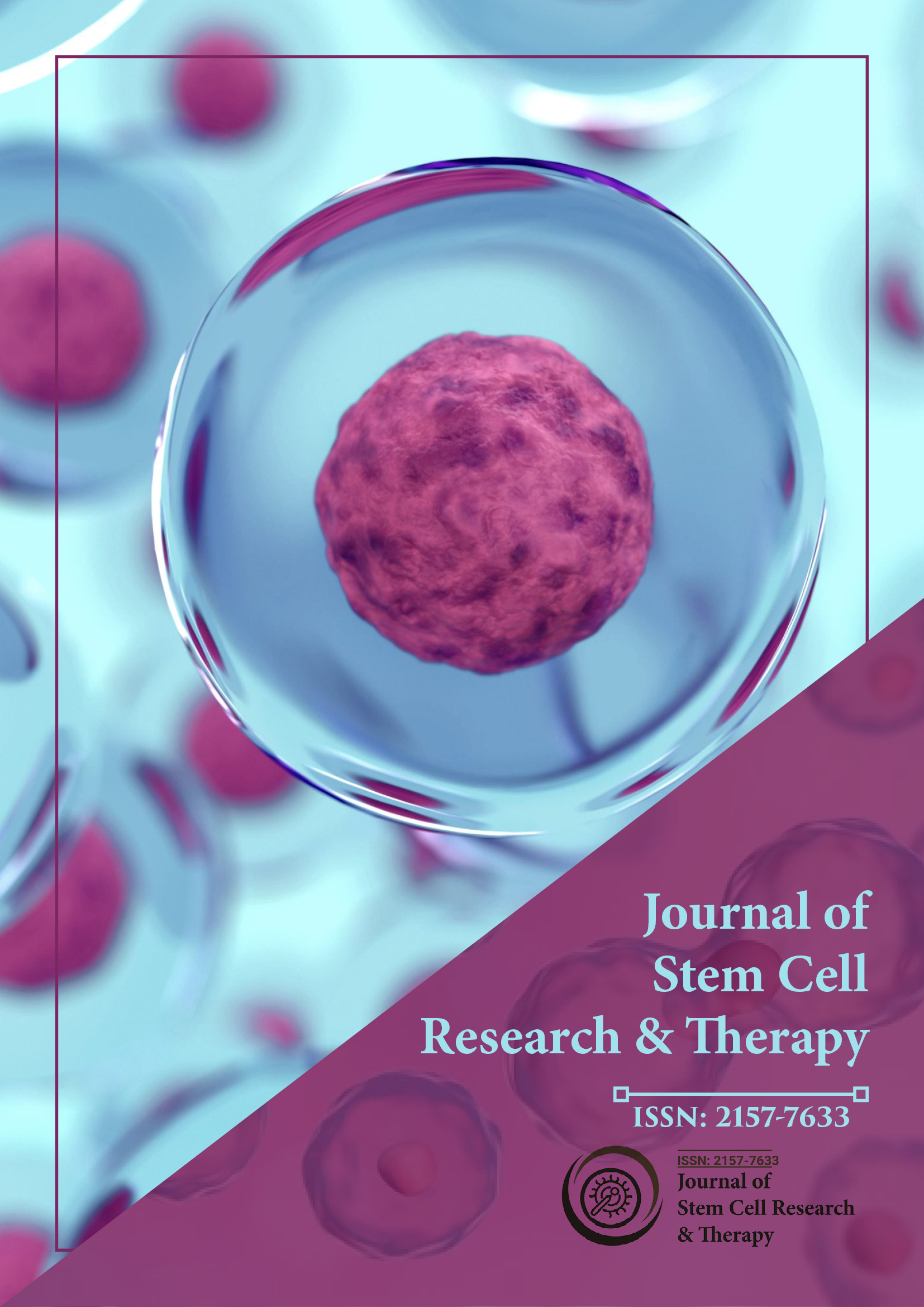インデックス付き
- Jゲートを開く
- Genamics JournalSeek
- アカデミックキー
- ジャーナル目次
- 中国国家知識基盤 (CNKI)
- ウルリッヒの定期刊行物ディレクトリ
- レフシーク
- ハムダード大学
- エブスコ アリゾナ州
- 雑誌の抄録索引作成ディレクトリ
- OCLC-WorldCat
- パブロン
- ジュネーブ医学教育研究財団
- ユーロパブ
- Google スカラー
このページをシェアする
ジャーナルチラシ

概要
骨格筋シンシチウム組織を再生する単核細胞
ガブリエレ・チェッカレッリ、フラヴィオ・ロンゾーニ、マッティア・クアトロチェッリ、ダニエラ・ガリ、ラウラ・ベネデッティ、ガブリエラ・デ・アンジェリス・クセラ、マウリリオ・サンパオレシ
骨格筋は脊椎動物の組織の中で最も可塑性が高い組織の一つで、運動すると生理的肥大により大きさが2倍になることがある。骨格筋は主に合胞体組織であるにもかかわらず、恒常性と修復に関与する単核細胞が相当数含まれている。最も高い筋原性能を持つ単核細胞型は筋線維の基底膜の下にある衛星細胞であるが、他の間質細胞も筋肉の再生に寄与することが分かっている。このシナリオを複雑にしているのは、複数の著者が多能性幹細胞に筋原性能があることを明らかにしたという事実である。多能性幹細胞は患者の体細胞から生成でき、最終的には遺伝子欠陥を修正するために操作することができる。筋原性細胞型は豊富であるにもかかわらず、筋変性疾患の体外細胞療法におけるそれらの使用は依然として疑問視されている。しかし、それらの生物学的特性に関する新たな発見により、筋原性幹細胞の取り扱いに関する理解は大幅に進歩した。このレビューでは、多能性幹細胞と多能性幹細胞の筋形成能と、前臨床研究および臨床研究におけるその使用に焦点を当てます。筋形成幹細胞を生成するための直接的な再プログラミングとエピジェネティックシグナル伝達からの新たな知見も検討します。
免責事項: この要約は人工知能ツールを使用して翻訳されており、まだレビューまたは確認されていません